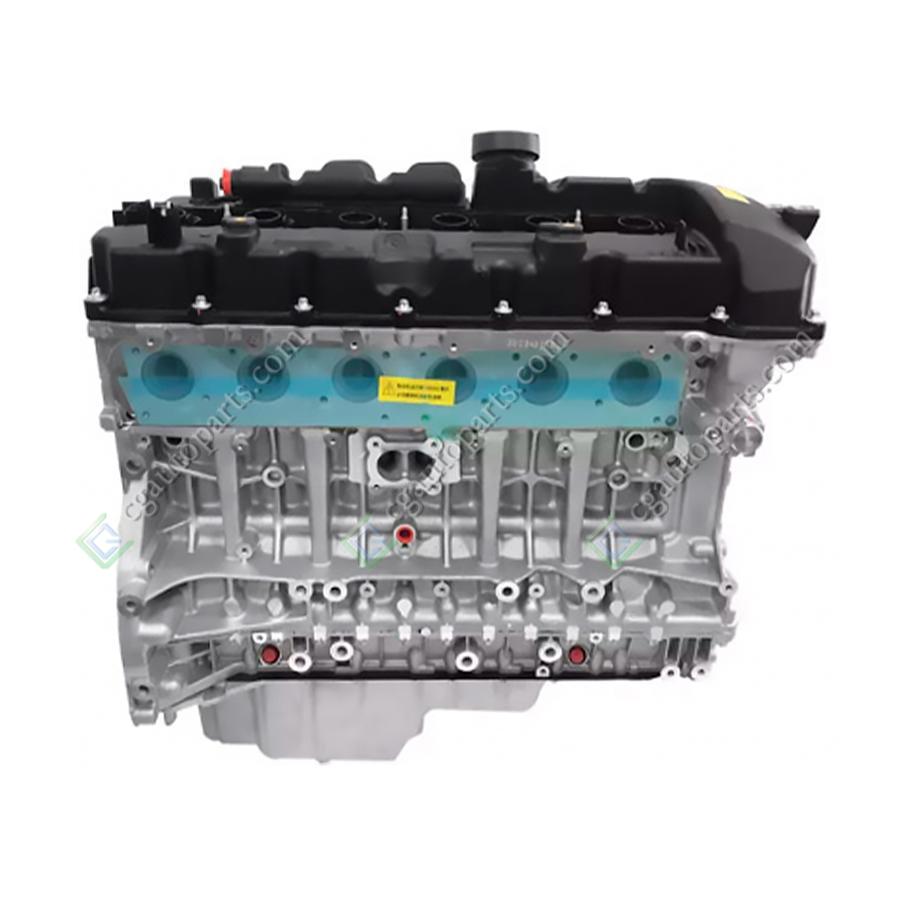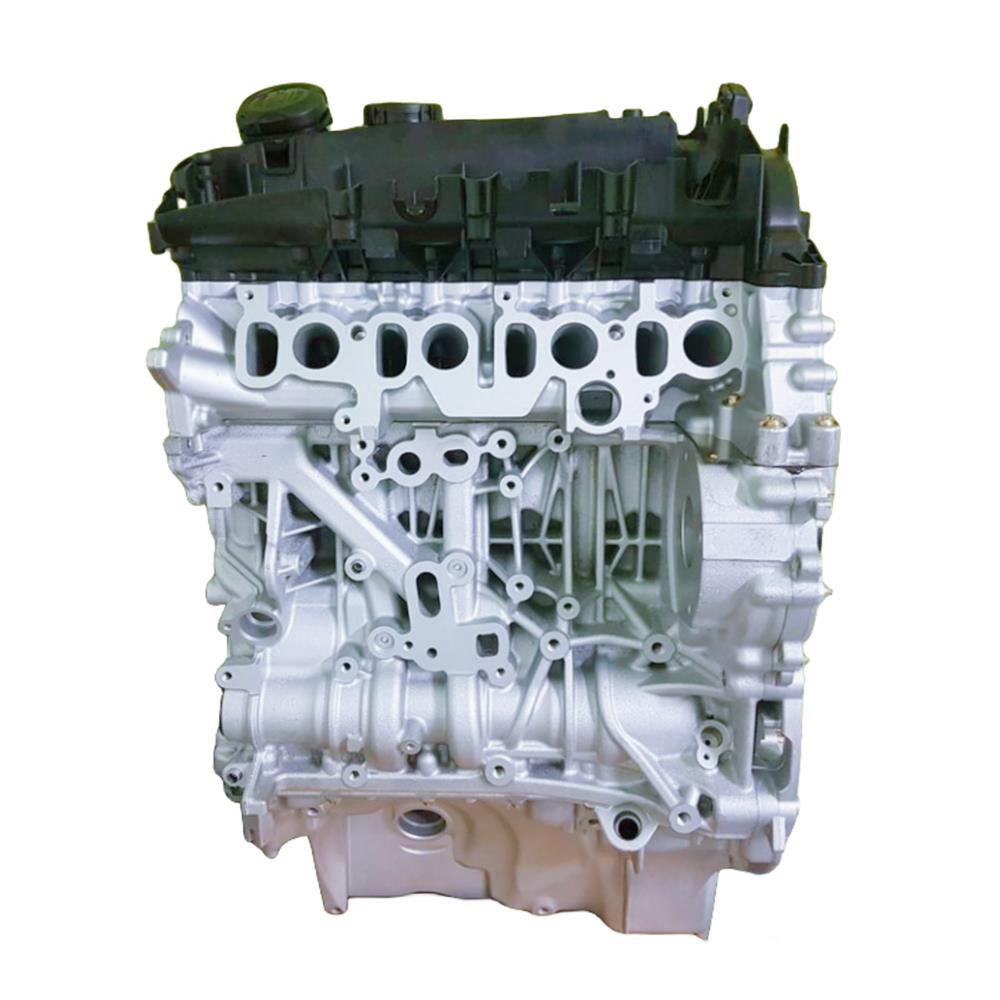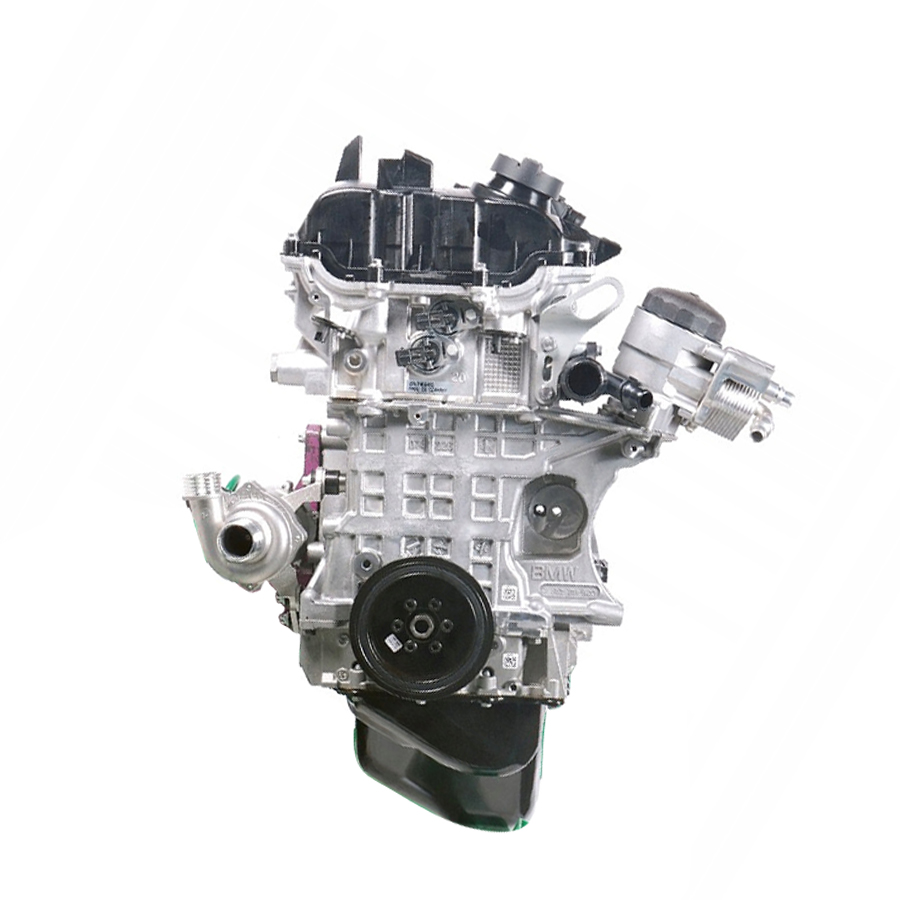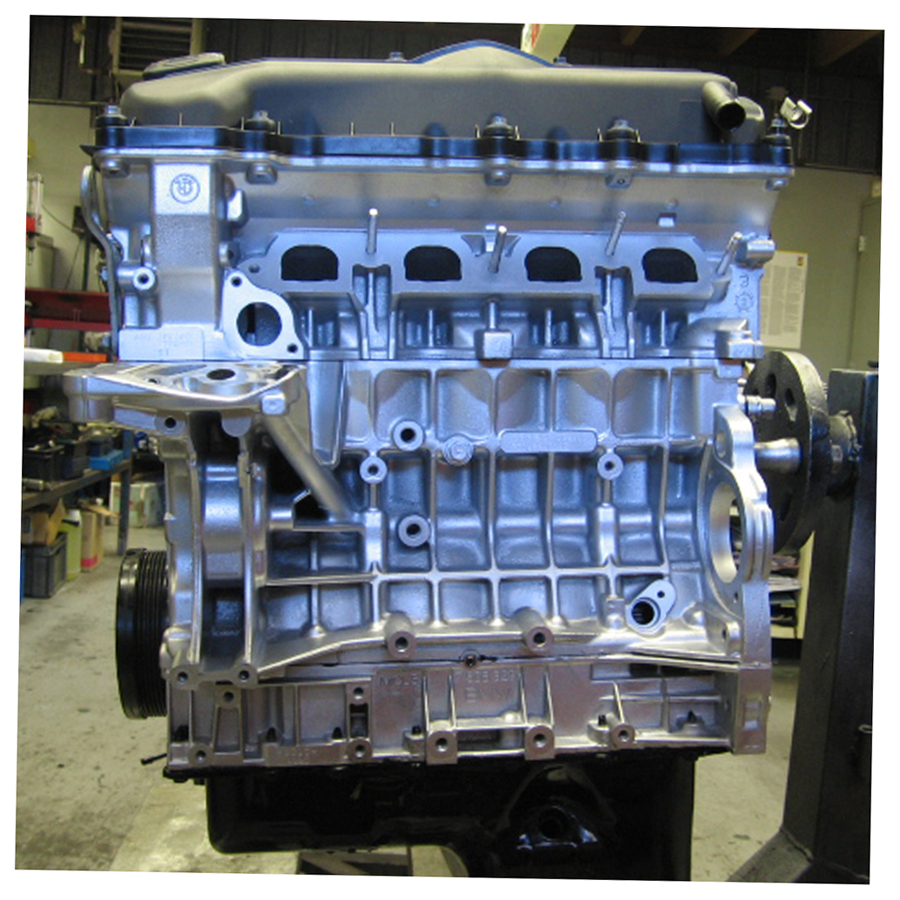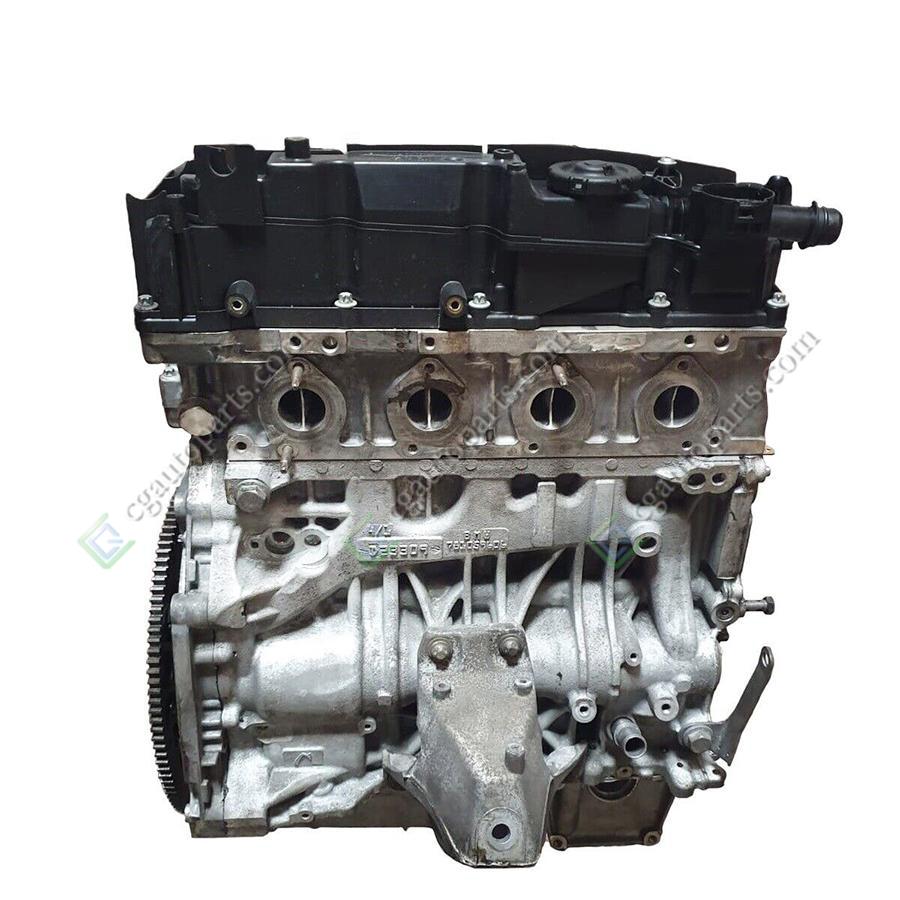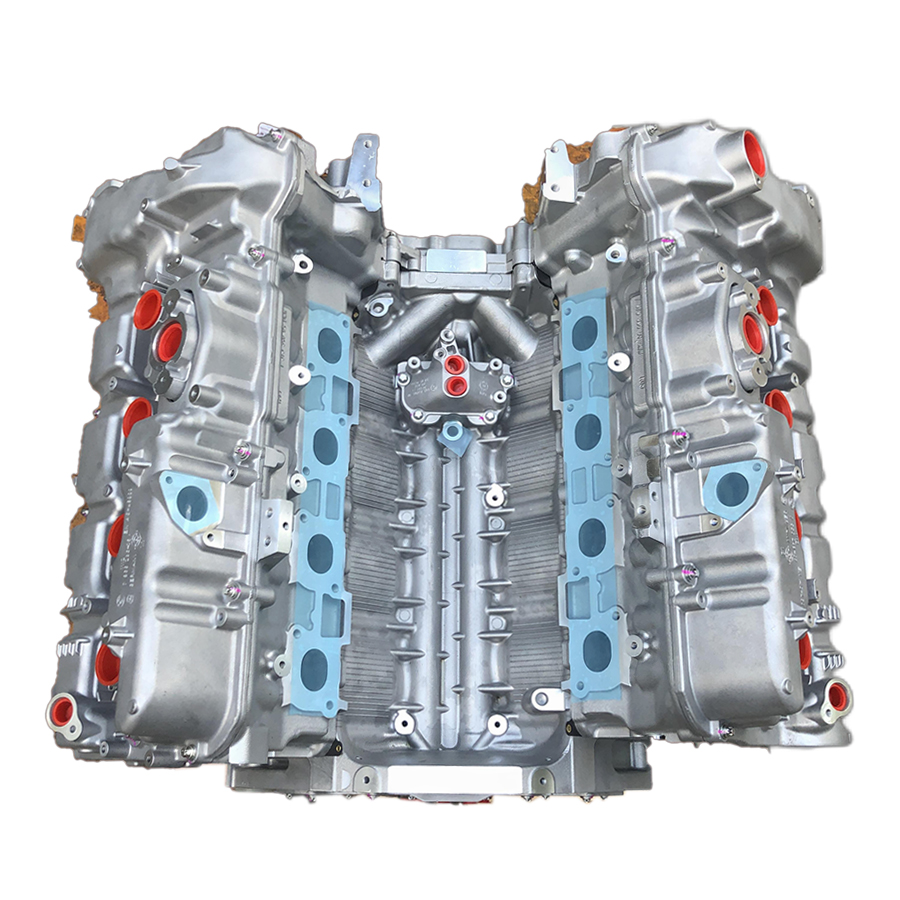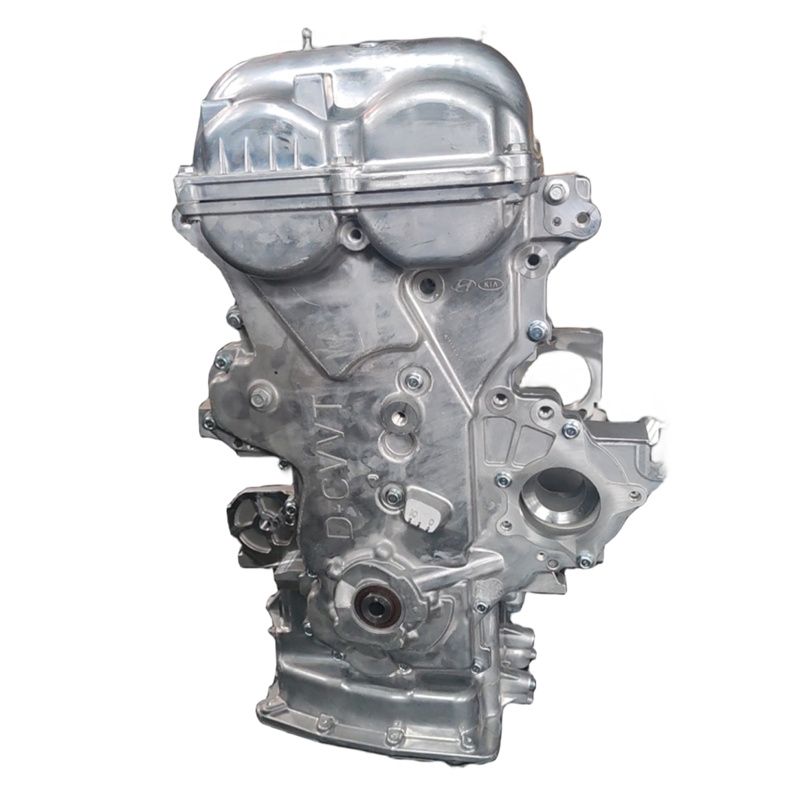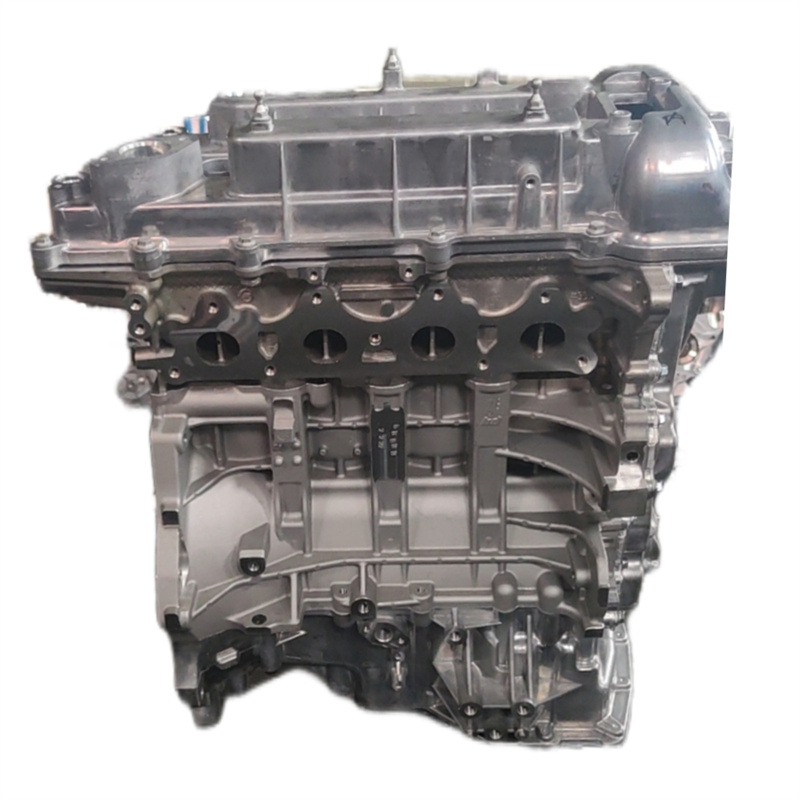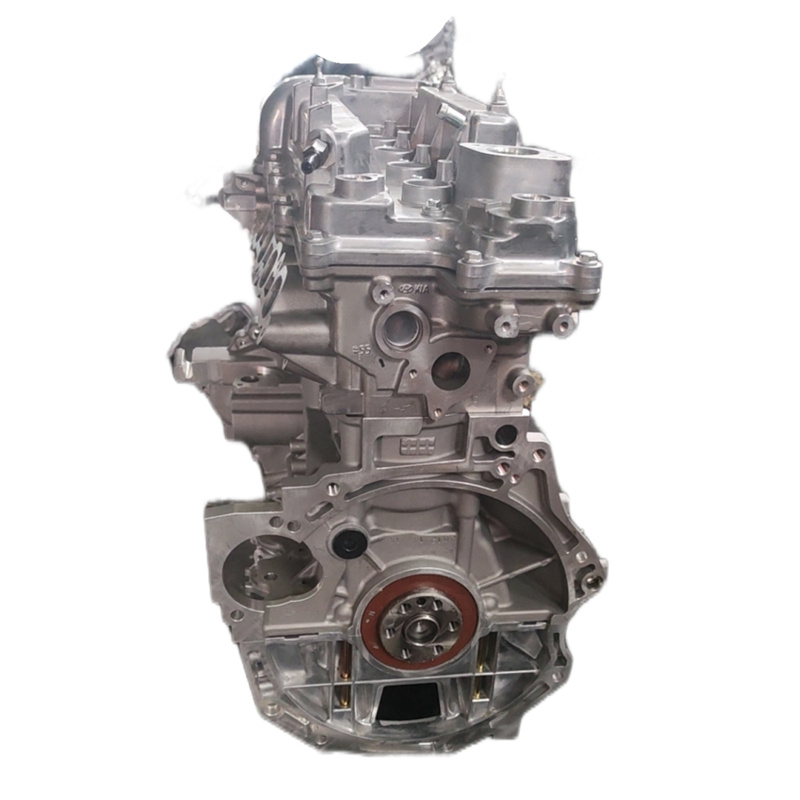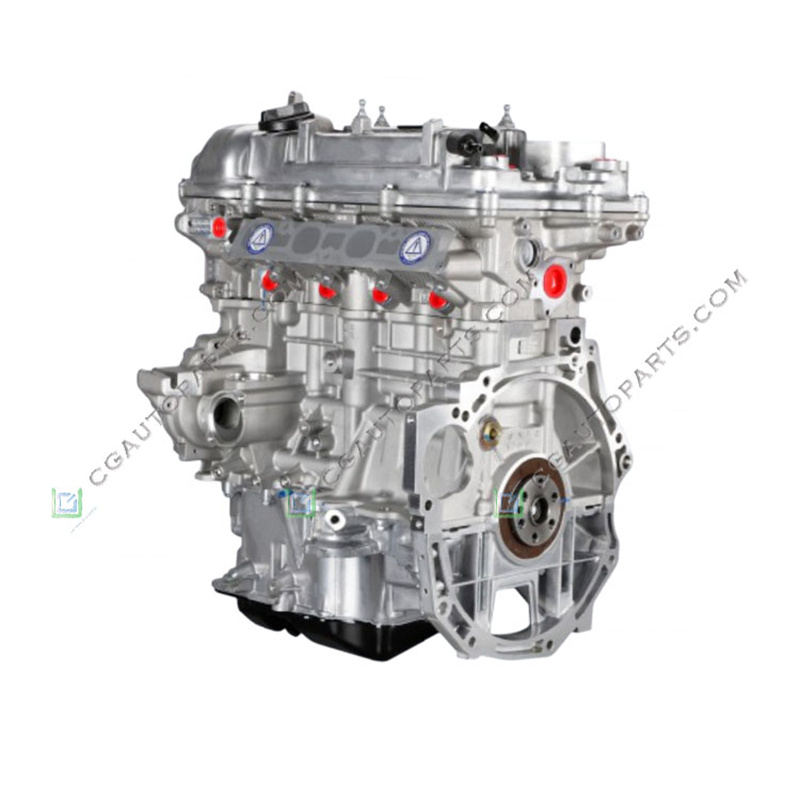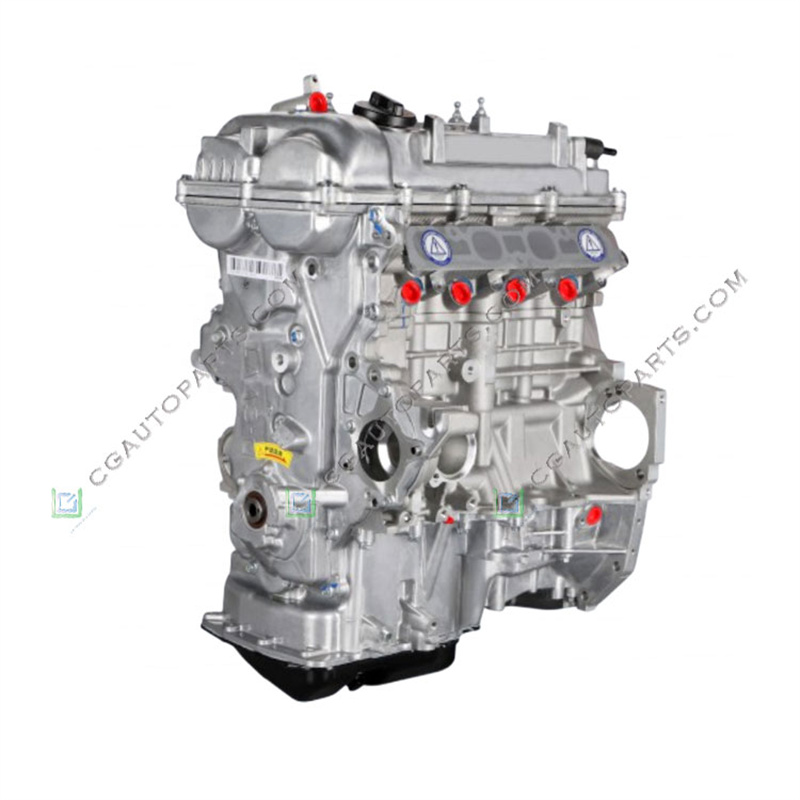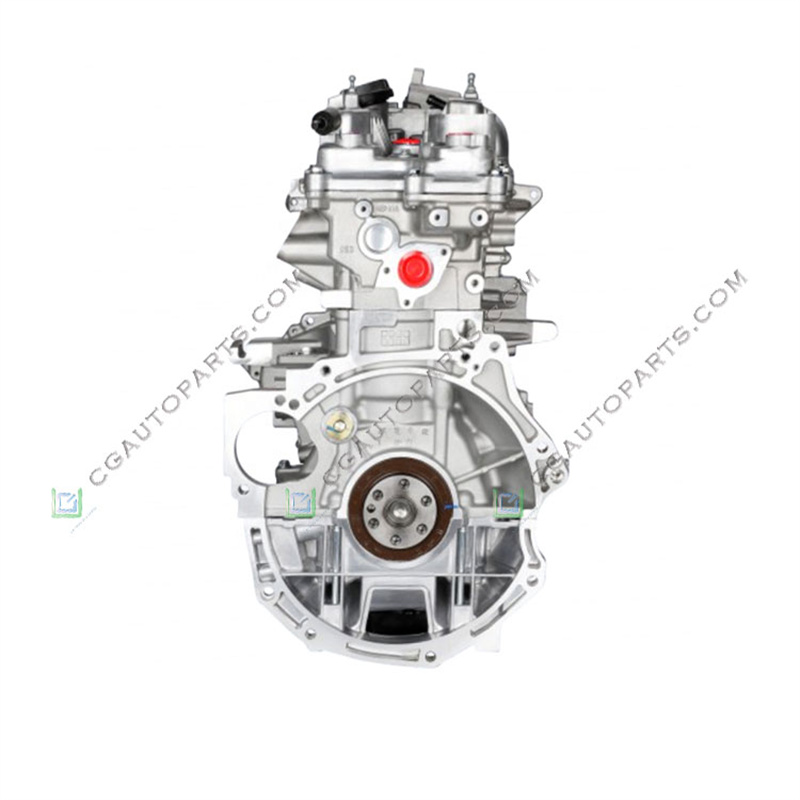0102030405
COMPLETE ENGINE : Engine Hyundai-Kia G4FJ
PRODUCT INTRODUCTION
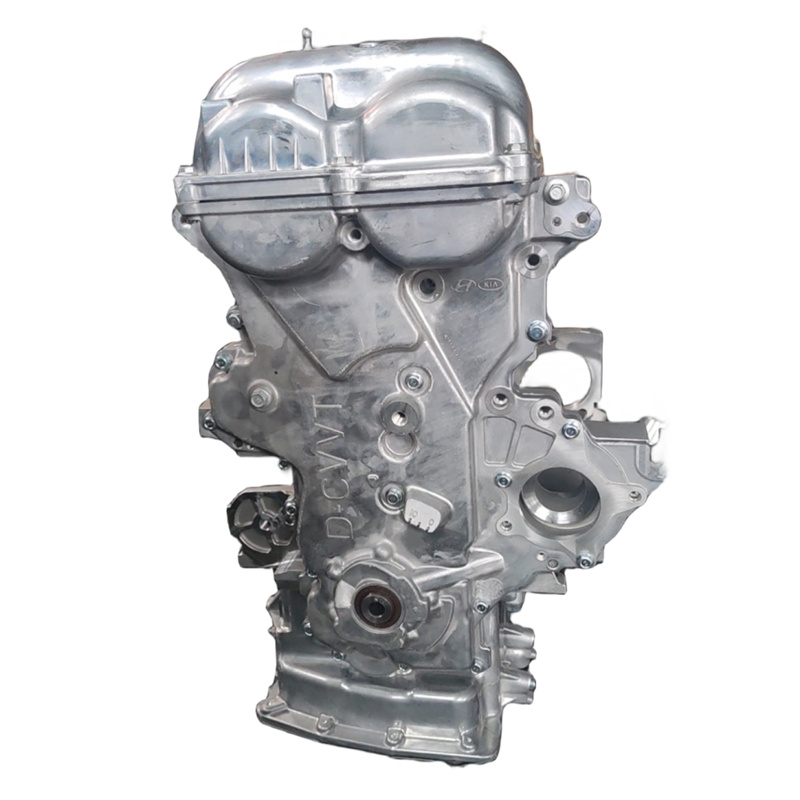
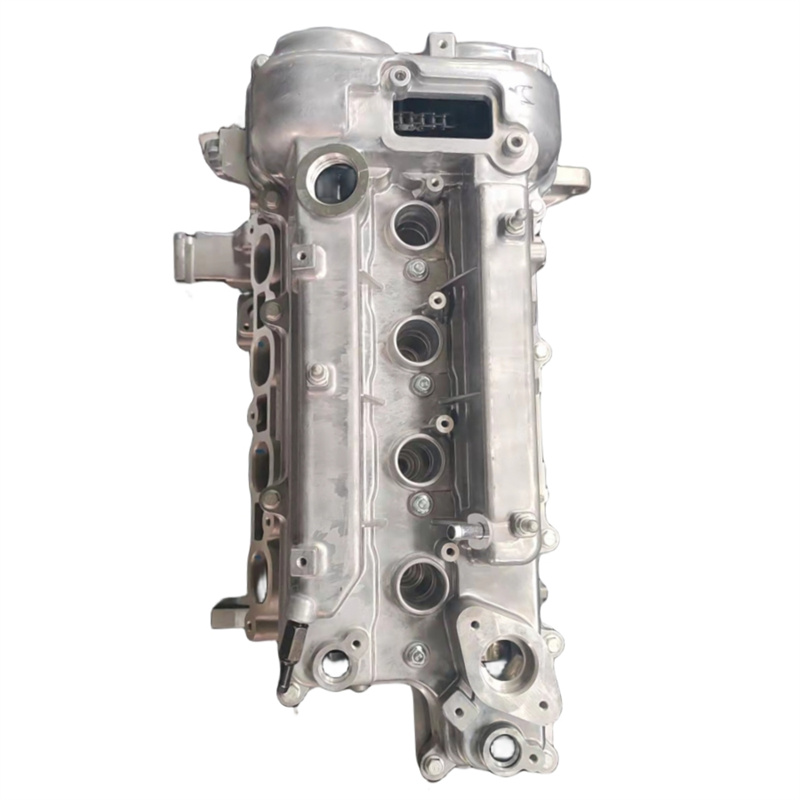
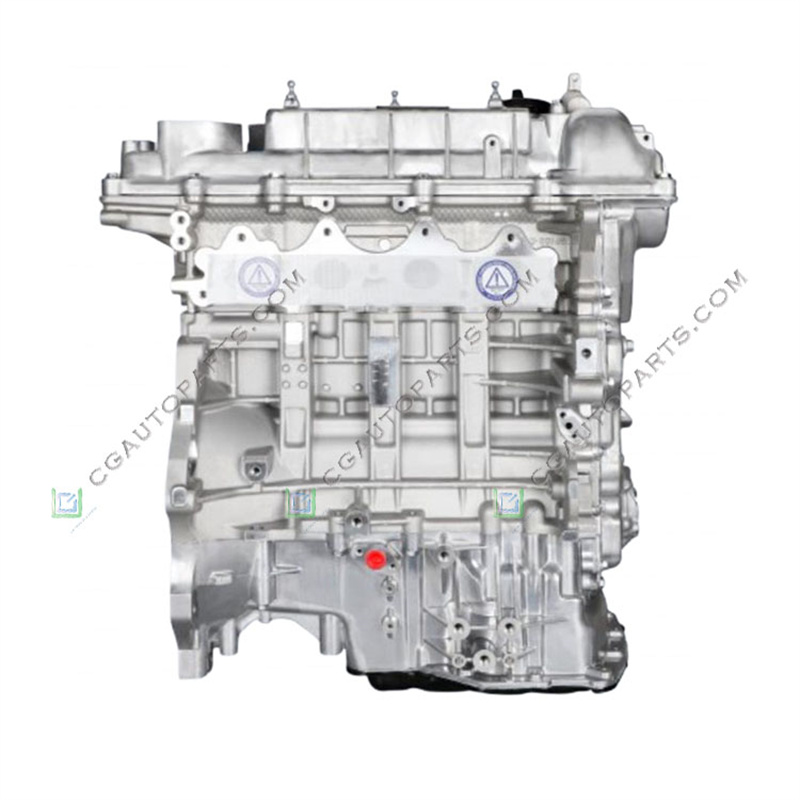
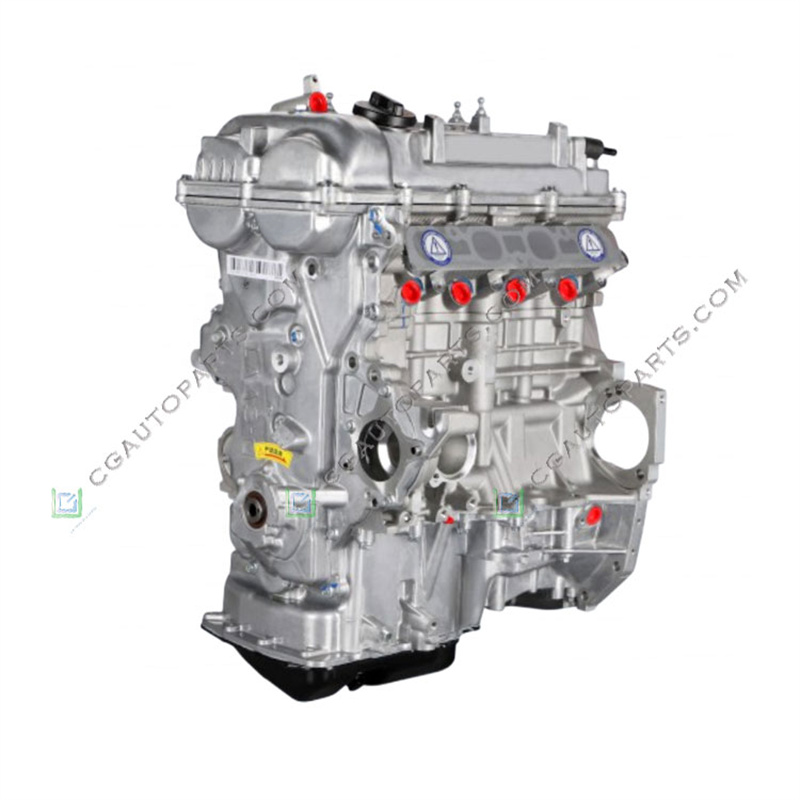
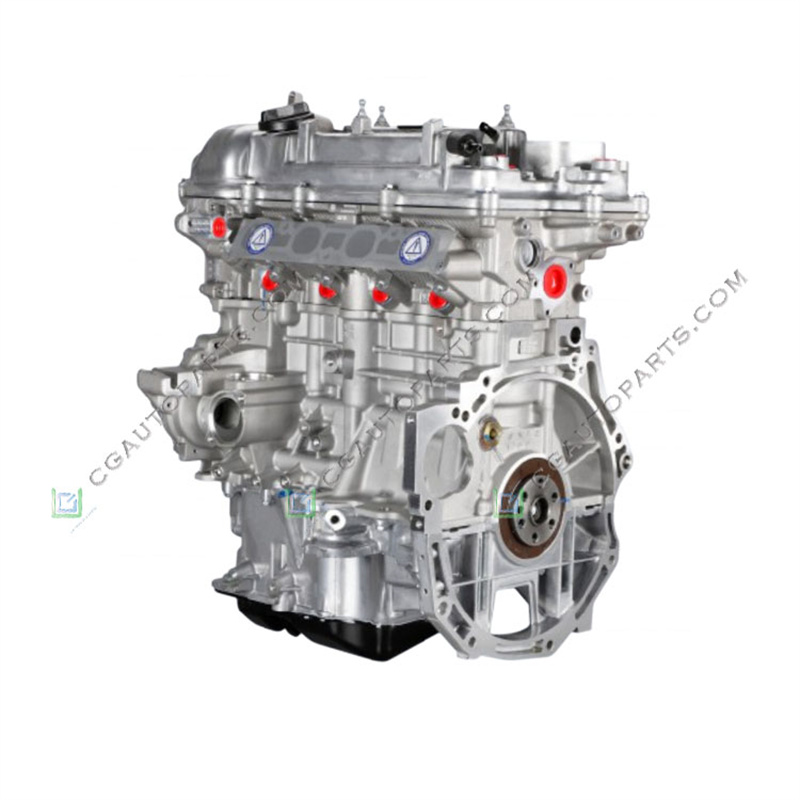
The Hyundai G4FJ 1.6-liter turbo engine or 1.6 T-GDI has been produced in Korea since 2011 and is installed on such popular models as Sportage, Tucson, Ceed, Seltos, Kona, Veloster and Soul. This power unit is distinguished by the presence of a direct fuel injection system and turbocharging.
Gamma family: G4FA, G4FL, G4FS, G4FC, G4FD, G4FG, G4FJ, G4FM, G4FP, G4FT, G4FU.
In 2011, Hyundai-KIA introduced a turbo engine based on the G4FD direct injection engine, which was distinguished by the presence of a Borgwarner B01G or BV43 twin scroll turbine with an intercooler. Otherwise, this is a completely similar power unit with an aluminum cylinder block and an open cooling jacket, an aluminum 16-valve cylinder head without hydraulic lifters, a timing chain drive and a proprietary Dual CVVT phase control system on both shafts. The intake here is without variable geometry, but there are oil nozzles for cooling the pistons.

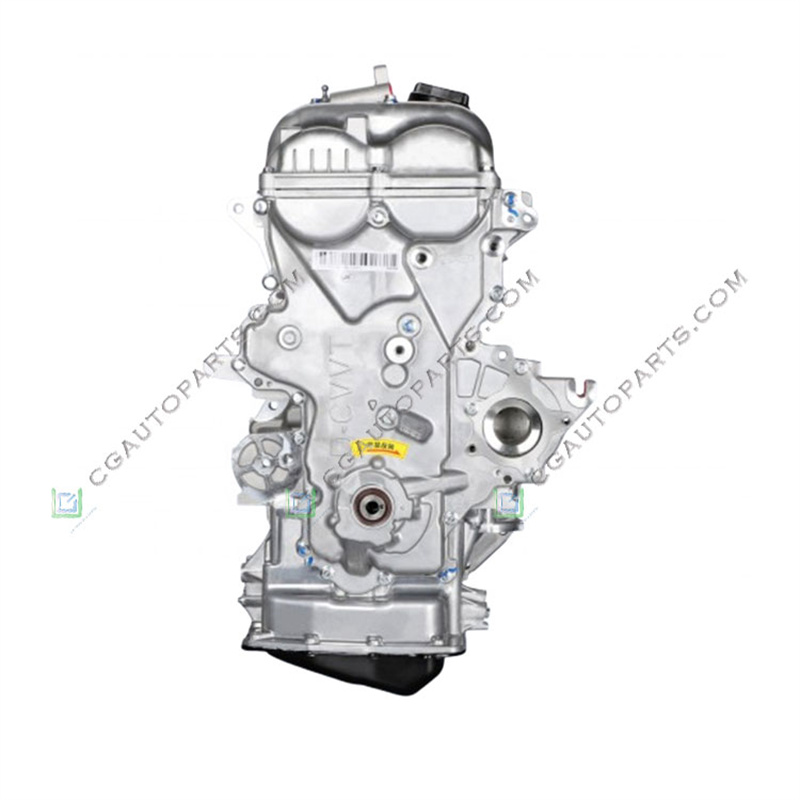
From the very beginning of production, this unit was plagued by numerous technical problems and the manufacturer was constantly refining the design. Therefore, motors of different years are different.
Specifications
Production years |
since 2011 |
Displacement, cc |
1591 |
Fuel system |
direct injection |
Power output, hp |
177 – 204 |
Torque output, Nm |
265 |
Cylinder block |
aluminum R4 |
Block head |
aluminum 16v |
Cylinder bore, mm |
77 |
Piston stroke, mm |
85.4 |
Compression ratio |
9.5 |
Hydraulic lifters |
no |
Timing drive |
chain |
Phase regulator |
Dual CVVT |
Turbocharging |
yes |
Recommended engine oil |
0W-30, 5W-30 |
Engine oil capacity, liter |
5.1 |
Fuel type |
petrol |
Euro standards |
EURO 5/6 |
Fuel consumption, L/100 km (for Kia Sportage 2017) |
9.2 |
Engine lifespan, km |
~250 000 |
Weight, kg |
106.3 |
The engine was installed on
Hyundai i30 2 (GD) in 2015 – 2017; i30 3 (PD) since 2017;
Hyundai Elantra 6 (AD) in 2017 – 2020;
Hyundai Kona 1 (OS) in 2017 – 2020;
Hyundai Sonata 7 (LF) in 2014 – 2019;
Hyundai Tucson 3 (TL) since 2015;
Hyundai Veloster 1 (FS) in 2012 – 2018; Veloster 2 (JS) since 2018;
Kia Ceed 2 (JD) in 2013 – 2018; Ceed 3 (CD) since 2018;
Kia ProCeed 2 (JD) in 2013 – 2018; ProCeed 3 (CD) since 2019;
Kia Cerato 3 (YD) in 2013 – 2018; Cerato 4 (BD) since 2018;
Kia Optima 4 (JF) in 2018 – 2019;
Kia Seltos 1 (SP2) since 2019;
Kia Soul 2 (PS) in 2016 – 2019; Soul 3 (SK3) since 2019;
Kia Sportage 4 (QL) since 2015;
Kia XCeed 1 (CD) since 2020
Disadvantages of the Hyundai G4FJ engine.
The first years of production, candles often fell apart here and their fragments left scuffs, and pistons burst from detonation, and even on runs of only 40-50 thousand km.
One of the most common complaints on specialized forums is the low resource of the turbine, it often drives oil even from low mileage. Replacing the node will be very expensive.
Here is an aluminum block with an open cooling jacket and thin-walled liners that quickly ellipse. Oil consumption appears next and progresses rapidly.
Owners of cars with such a unit complain about a low chain resource, frequent lubricant leaks, and also unstable engine operation due to throttle contamination or carbon deposits on the valves.




